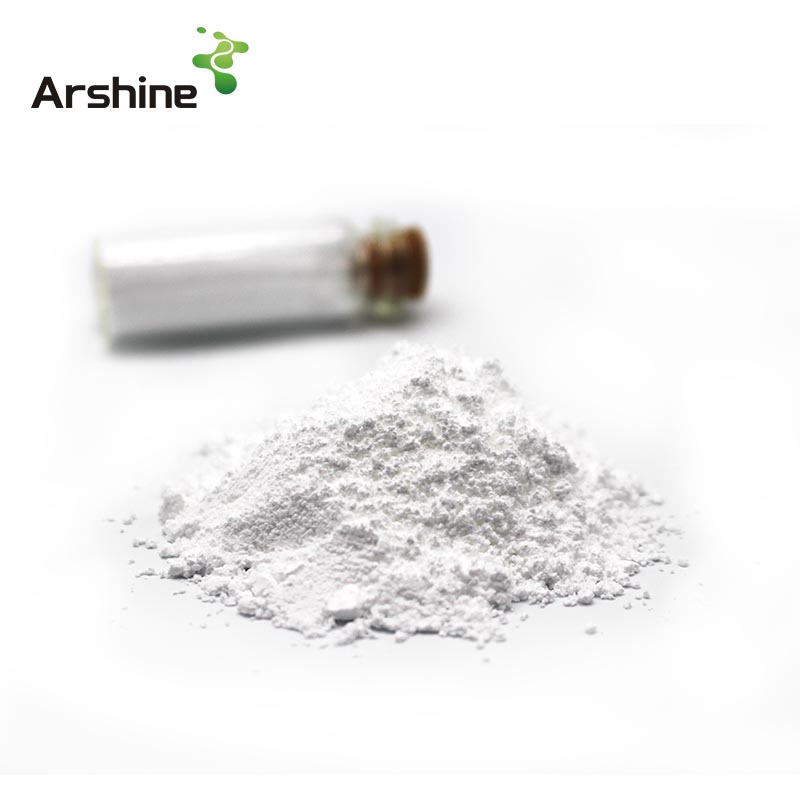
Caffeine is a central nervous system (CNS) stimulant of the methylxanthine class.[10] It is the world's most widely consumed psychoactive drug. Unlike many other psychoactive substances, it is legal and unregulated in nearly all parts of the world.
Introduction
Caffeine is a central nervous system (CNS) stimulant of the methylxanthine class.[10] It is the world's most widely consumed psychoactive drug. Unlike many other psychoactive substances, it is legal and unregulated in nearly all parts of the world. There are several known mechanisms of action to explain the effects of caffeine. The most prominent is that it reversibly blocks the action of adenosine on its receptor and consequently prevents the onset of drowsiness induced by adenosine. Caffeine also stimulates certain portions of the autonomic nervous system. Caffeine is a bitter, white crystalline purine, a methylxanthine alkaloid, and is chemically related to the adenine and guanine bases of deoxyribonucleic acid (DNA) and ribonucleic acid (RNA). It is found in the seeds, nuts, or leaves of a number of plants native to South America and East Asia and helps to protect them against predator insects and to prevent germination of nearby seeds. The most well known source of caffeine is the coffee bean, a misnomer for the seed of Coffea plants.
Functions and Applications
1. The role of the central nervous system; to strengthen the process of cortical excitability
2. The role of the circulatory system; to stimulate the heart, coronary vessels expand.
3. On smooth muscle, the role of striated muscle; can relax smooth muscle, to strengthen capacity of skeletal muscle contraction.
4. Diuretic and other effects; can inhibit tubular reabsorption, increased gastric secretion, excitatory effect on metabolism.
5. On the various types of Shigella are with antibacterial action.
| Characters | White crystalline powder | Satisfactory |
| Identifications | Positive reaction | Confirmed |
| Acidity | 10 ml of solution S consumes 0,0Imol/l NaOH≤ 0.2ml | 0.024 |
| Appearance of soIution | Clear, Colorless | Complies |
| Readily Carboniable Substance | No more color than Matching Fluid D | Complies |
| Other Alkaloids | No precipitate is formed | Complies |
| Residual Solvents | Trichloromethane≤60ppm | Complies |
| Heavy Metals | ≤10ppm | <10ppm |
| Sulphates | ≤500ppm | <500 ppm |
| Related Substances | ≤0. l% | < 0.l% |
| Organic lmpurities | ≤0.l% | 0.04% |
| Loss on Drying | ≤0.5% | 0.11% |
| Sulphated Ash | ≤0.1% | 0.04% |
| Melting Point | 235-239℃ | 235.3-236.2℃ |
| Assay | 98.5-l0l.0% | 99.4% |
Inquiry